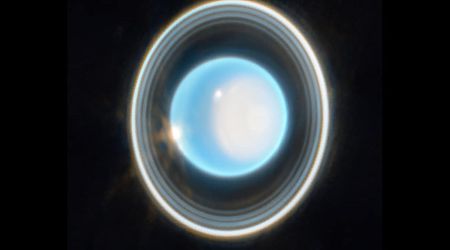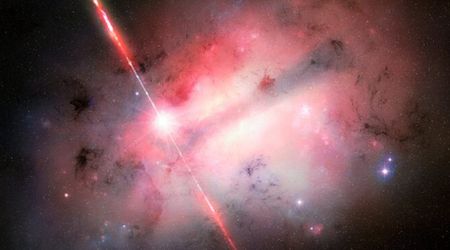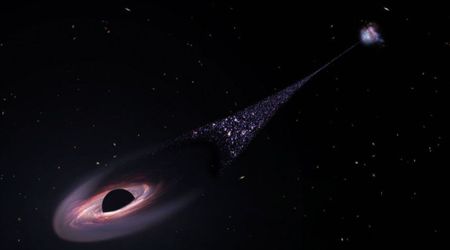NASA's Mars lander harbors 26 new microbe species in its clean room facility, a new study reveals

Researchers in India and Saudi Arabia collaborated with scientists from NASA's Jet Propulsion Laboratory (JPL) in Southern California to find 26 unknown species of bacteria. "Metagenome mapping indicated less than 0.1% of the reads associated with novel species, suggesting their rarity," the study read. The species was found in the clean rooms used to prep NASA's Phoenix Mars lander for its August 2007 launch. Published in the journal Microbiome, the study mentioned how the set pressures like temperature, humidity, nutrient availability, cleaning reagents, and radiation affected its growth. These resilient microbes emphasized the need for biological cleanliness in these spaces for planetary protection as well as the prevention of bacterial growth during space missions.

Clean rooms are controlled environments that are decontaminated and designed to prevent the growth of microbial life in space travel. However, microorganisms, known as extremophiles, are very resilient to harsh environments. This included the hydrothermal vents on the slopes of undersea volcanoes, vacuum of space, or NASA clean rooms, per Space.com. Alexandre Rosado, a researcher at King Abdullah University of Science and Technology (KAUST) in Saudi Arabia, stated that they intended to learn about the risk of extremophile transmission in space missions.

The study wanted to identify which organisms were capable of surviving the harsh conditions of space. "This effort is pivotal for monitoring the risk of microbial contamination and safeguarding against unintentional colonization of exploring planets," Rosado added, per Phys.Org. These microbes could offer insights that could benefit life on Earth, as scientists performed genetic research on these samples. The microbes were gathered from the Payload Hazardous Servicing Facility at NASA's Kennedy Space Center in Florida — the last stop for Phoenix before its Cape Canaveral launch.

Clean rooms are highly maintained, with astoundingly low levels of dust and microorganisms as spacecrafts get assembled in this space. The experts found 53 strains that revealed 26 novel species, and the genomes of these extremophiles were analyzed for clues of survivability. Some were linked to DNA repair, detoxification of harmful molecules, and improved metabolism. All these aspects were indicative of an increased potential to survive among these species, as per Phys.Org. These genes could potentially be used to develop new biotechnologies for food preservation and medicine.

"These findings not only raise important considerations for planetary protection but also open the door for biotechnological innovation," stated Junia Schultz, a postdoctoral fellow at KAUST and first author of the study. This research could also help NASA improve its clean room protocols and reduce the risk of biological contamination on future missions. Space travel has helped scientists study microbial life that developed relevant stress-resistant genes, which could be re-engineered and applied for innovative applications in medicine, food preservation, and other industries on Earth.

"Together, we are unraveling the mysteries of microbes that withstand the extreme conditions of space — organisms with the potential to revolutionize the life sciences, bioengineering and interplanetary exploration," stated Kasthuri Venkateswaran, retired Senior Research Scientist at NASA's Jet Propulsion Laboratory, as per Space.com. The collaboration between KAUST and NASA is a "groundbreaking alliance" that can further the study of space life. The results of these microbial studies can help explain how resistance can be cultivated for harsh environments.









